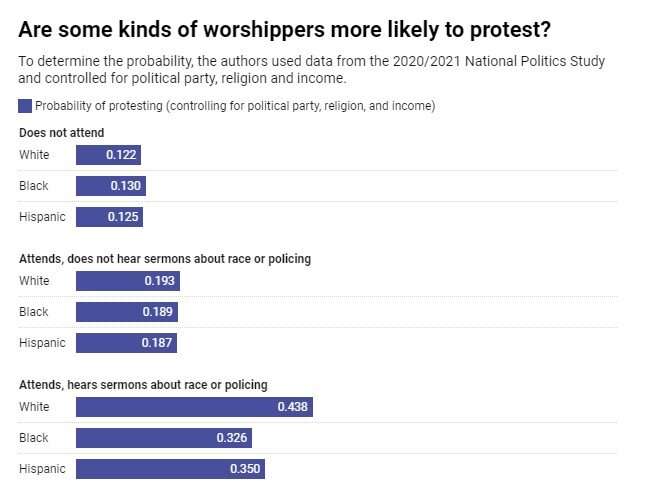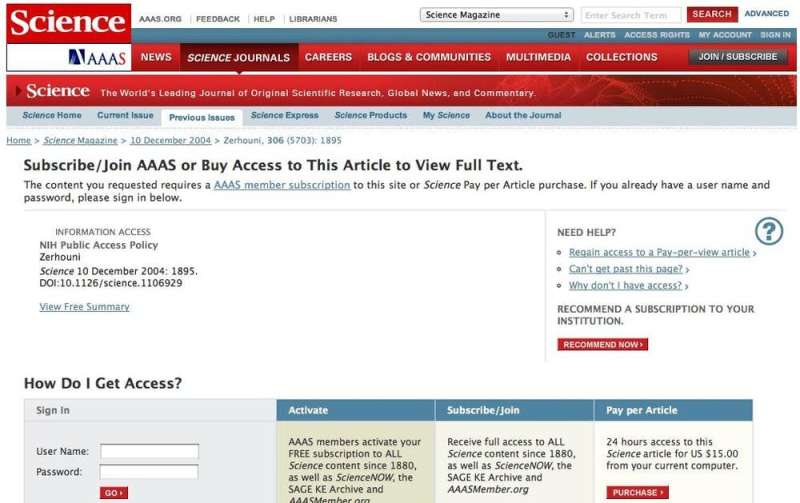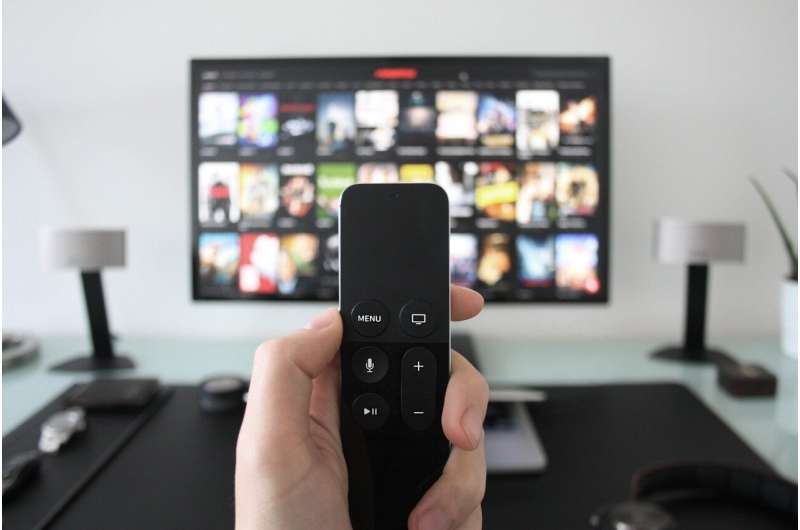Staff wellbeing programmes help social relationships and reduce bullying

Programmes aimed at supporting employees' health and wellbeing can also benefit their social relationships and reduce bullying, according to a new study published today.
Researchers from the University of East Anglia (UEA), working in collaboration with insurance and investments company Vitality, found that the more employees engage with health and wellbeing programmes (HWPs) the better the quality of co-worker relationships, the less they experience bullying over time, and the better their longer-term wellbeing and job satisfaction.
Unexpectedly, the results suggest that even when senior managers are not committed to these initiatives, employee engagement with HWPs is associated with better relationships at work and the same subsequent positive benefits.
The researchers say the findings are particularly relevant given the new patterns of working which have emerged as a result of the COVID-19 pandemic.
Organisations are increasingly adopting HWPs, yet further understanding is required of the underlying processes or conditions that may influence their effectiveness on employee outcomes, such as wellbeing and job satisfaction.
Programmes vary in scope and comprehensiveness but can include a broad range of information, health screening and activities which attempt to reduce health risks, prevent chronic disease, support healthy behaviours or attempt to identify and change potential health-related problems.
This three-year study used data from 7,785 UK employees at 64 organisations. Its findings are published in the British Journal of Management.
Lead authors Dr. Roberta Fida and Dr. Annilee Game, from UEA's Norwich Business School, said the evidence showed that promoting wellbeing interventions in the organisations has "unintended" positive consequences.
"While organisations may adopt these programmes primarily to target employee health and wellbeing directly, we found that employees' social relationships also benefit," said Dr. Fida.
"When organisations invest in wellbeing they communicate care for their employees and this is reciprocated with more respectful interpersonal interactions. This in turn significantly reduces the onset of workplace bullying and improves longer term mental and physical health as well as job satisfaction."
Dr. Game said: "These findings are especially relevant for managers to consider as organisations develop new patterns of working in the post-COVID era. People's wellbeing has been significantly affected by the pandemic. Investing in HWPs brings both relationship and health benefits that can help support employees adjusting to the new normal."
The research used 2015-2017 data from 'Vitality's Britain's Healthiest Workplace', an annual study that provides one of the largest and most comprehensive datasets on organisational performance and wellbeing of UK organisations and their employees. The study looks at personal, social, lifestyle, job and workplace information from the employee and organisational perspective using self-report questionnaires. Any UK-based organisation employing at least 20 people, in any sector, can participate.
Dr. Martin Stepanek, Lead Researcher at Vitality and co-author of the new study said: "This study confirms just how wide-reaching the benefits of implementing employee health and wellbeing programmes can be. There are numerous positive consequences of wellbeing interventions—beyond the obvious intended benefits—for the organisation and its employees, and wider society.
"By offering such programmes, organisations not only directly affect employees' wellbeing, they help to create a culture of positive change in which employees are more likely to thrive."
'Longitudinal Effects of Engagement with Workplace Health Programmes on Employee Outcomes: A Relational Perspective' is published in the British Journal of Management on Friday November 19.Stress management classes and wellbeing coaching no help at improving workers' mental health, study says
More information: Longitudinal Effects of Engagement with Workplace Health Programmes on Employee Outcomes: A Relational Perspective, British Journal of Management, DOI: 10.1111/1467-8551.12565
Provided by University of East Anglia







